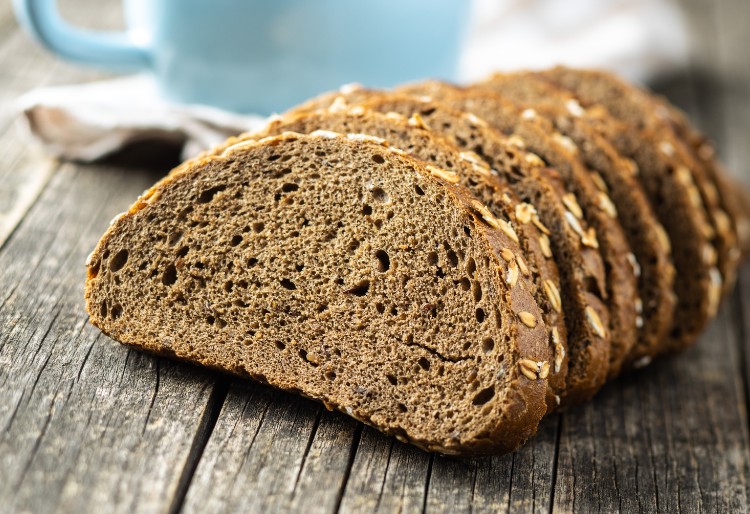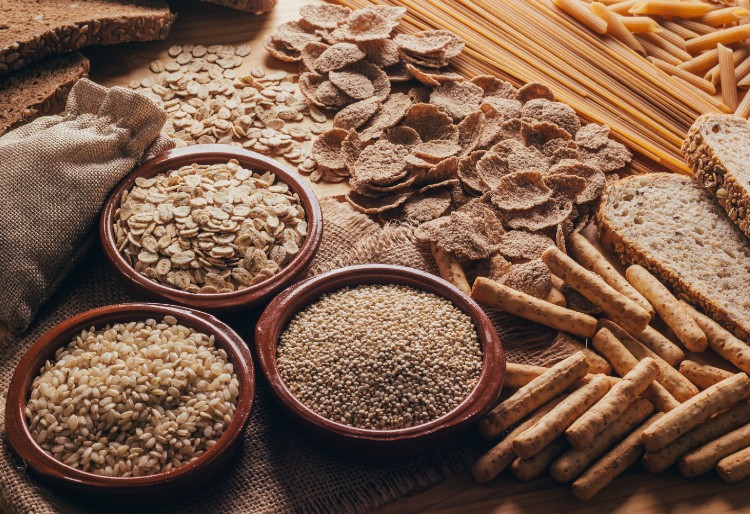Whole grain products, all about them
Do you know the regulations that regulate integral products? Is an integral product the same as rich in fibers? Find out more about whole grain products
how to shop
Share

It is a year since the new regulations on bread quality came into force in Spain, which include stricter requirements in order for bread to be considered whole wheat and establishes categories that differentiate this type of food. Its main objective is to create a general quality framework regarding the production of this product.
The bread quality standard guarantees consumers the purchase of perfectly labelled high-quality products, according to the Ministry of Agriculture. Furthermore, for bread to be considered wholemeal, it requires that 100% of the flour used be wholemeal.
On the other hand, when the bread is not made with 100% wholemeal flour, the percentage of wholemeal flour with respect to the total amount of flour used must be indicated in the product name , followed by the name of the cereal. It also specifies the definition of sourdough and establishes the requirements for using the label "made with sourdough". In addition, the regulations explain in detail the use of other names such as multi-grain bread or breads made with cereal flour and seeds.
Is whole grain the same thing as rich in fibre?
Whole grains are those, such as wheat, rice or corn, that keep the outer layer of the grain including the bran and the germ, which favours our intestinal transit.
For a product to be legally recognised as a 'source of fibre', it must contain at least 3 grams of fibre per 100 grams. Therefore, a food can be rich in fibre without being a whole food, via the addition of other ingredients such as bran to the flour. To be wholegrain, as mentioned at the start, it must contain 100% whole flours.

When you go to the supermarket remember...
- From now on, wholemeal bread will contain only wholemeal flours among its ingredients.
- Products such as biscuits, snacks and cereals are not included in the regulations and, therefore, when we read phrases such as "with whole grain", "cereal-based" or "whole", it does not mean that they have been made only with wholemeal flours.
- Always read the ingredients and their proportions - it is the only way to know what you are eating.






